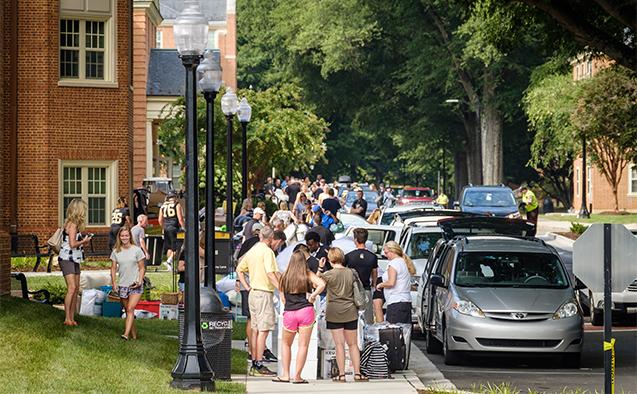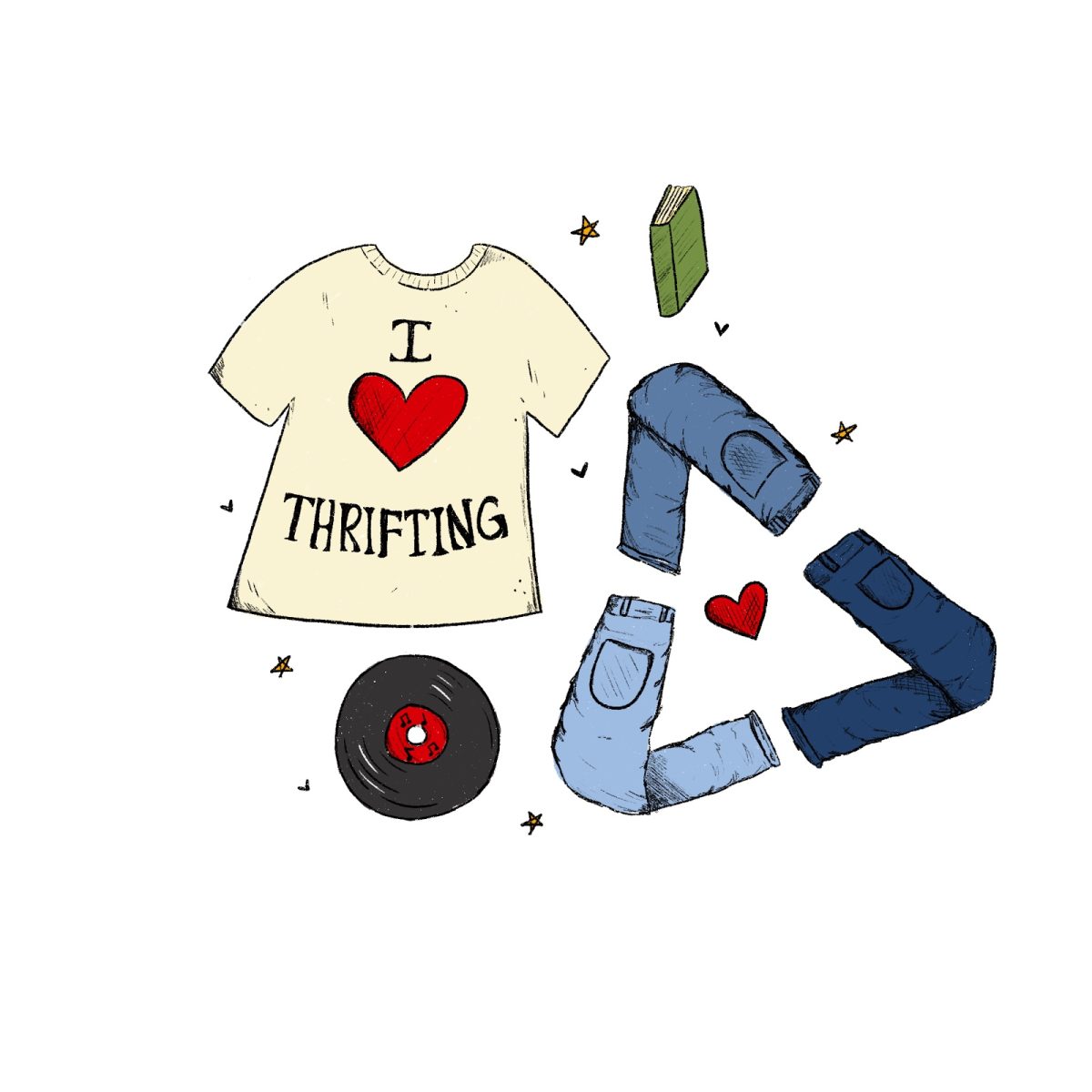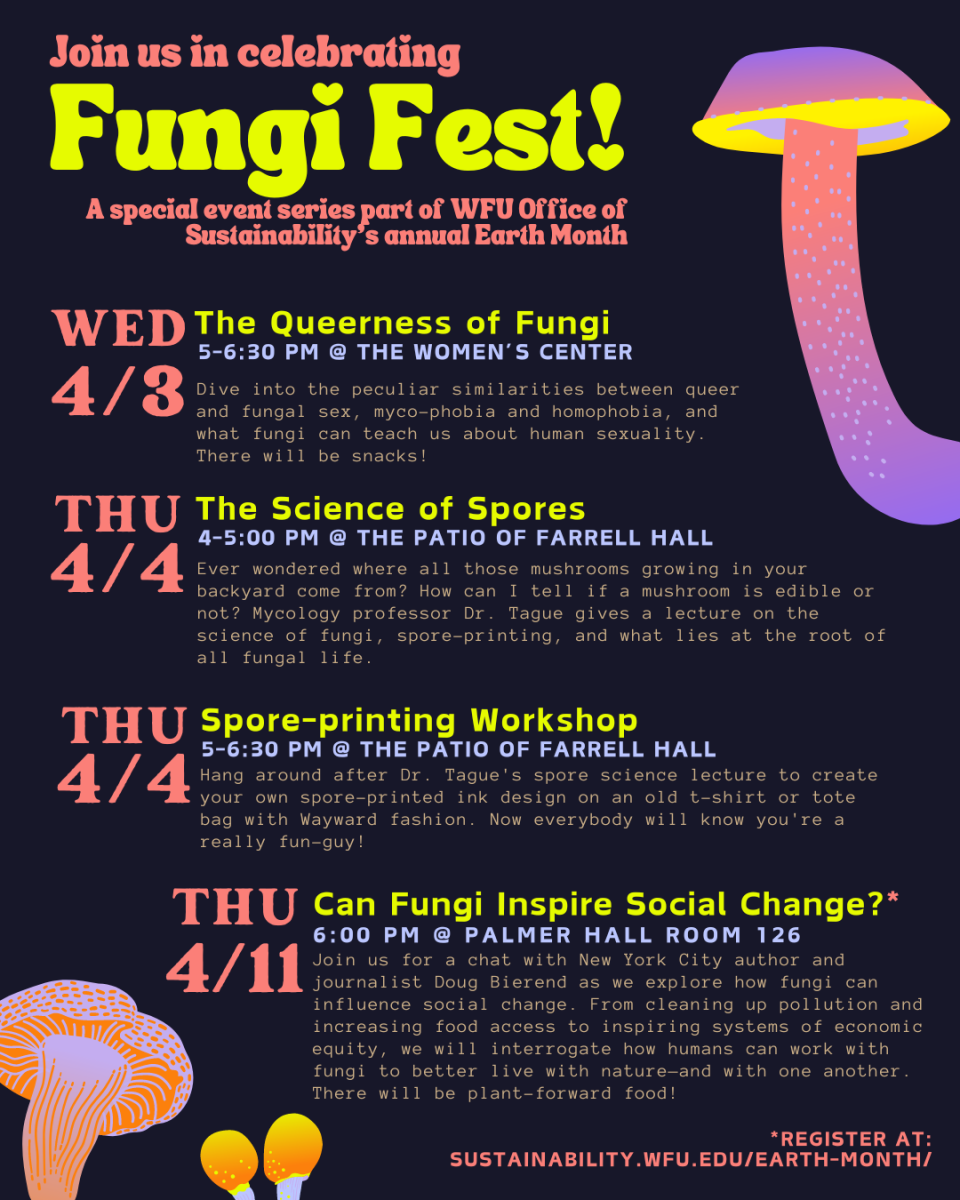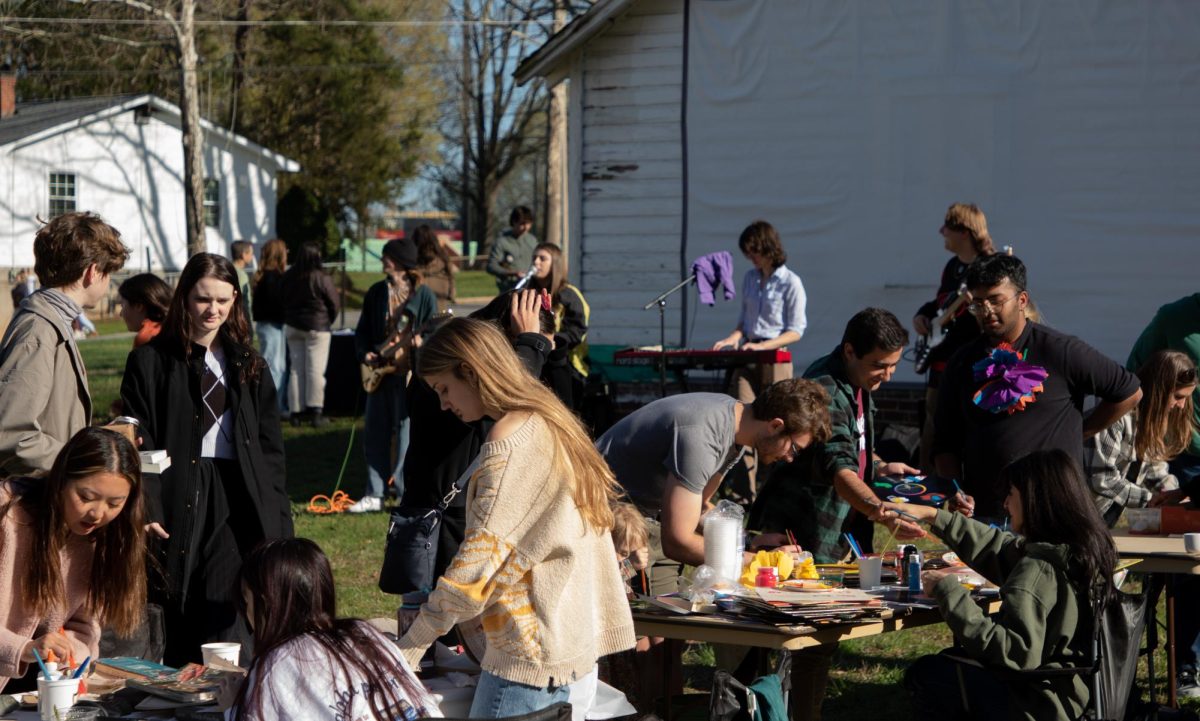Your band posters and photos hang on the walls as newly bought textbooks are arranged on top of your desk. Perhaps a plant sits on the windowsill, or you have a stolen brick from the quad propping open the door. As you settle into your new home at Wake Forest, sustainability might not be at the forefront of your curatorial mindset. However, small changes, such as purchasing more environmentally-efficient appliances to deck out your dorm, can make a big difference in cutting down campus-wide carbon emissions.
Sophomore Ella Klein is the first-year events coordinator for the Wake Forest Office of Sustainability. She says that one of her top priorities when moving in is to use as few cardboard boxes as possible, and instead opt for reusable bins that she can use as storage throughout the year.
“Bringing your belongings in something reusable, like reusable grocery bags or suitcases, makes both the move-in and move-out process easier,” Klein said. “It saves you money — you don’t have to invest in cardboard boxes every time you have to carry your stuff in and out — and it’s better for the environment.”
Although Klein is a local from Winston-Salem, she added that reducing the number of car trips between campus and your house or storage unit can make a beneficial difference as well.
“Take less than you think you need,” Klein said. “This makes it easier to avoid throwing things away at the end of the year.”
On average, each college student discards roughly 230 pounds of trash each year, according to data from Tufts University. The same study shows the most significant spike in student-generated waste occurring during the months of May and June, or move-out season.
Brian Cohen, the assistant director of sustainability engagement at Wake Forest, emphasized to plan ahead and only bring what you need to campus.
“When students come to campus for the first time, we find that they often overpack and end up throwing items away during move-out,” Cohen said. “When we think of the three Rs of sustainability — reduce, reuse and recycle — people tend to gravitate toward the last one. If we focus instead on reducing before we actually consume, we can prevent the trash from even ending up in the landfill in the first place.”
When you do make a purchase for your living space at Wake Forest, keeping sustainability in mind can further decrease the university’s carbon footprint. According to Cohen, choices like LED lights over incandescent ones, power strips that can turn off when you leave the room and using as few electronic cords as possible are all ways to make your space more energy efficient.
“When you start to think about reducing your carbon footprint, even little things like bedding can be altered to use less energy,” Cohen said. “Investing in flannel sheets and good blankets at the start of the year, for example, might make you less likely to crank up the heat in the winter and burn more fossil fuels. It all adds up.”
Making your dorm room more sustainable can be a good first step into starting a sustainable lifestyle on campus and beyond.
“After you get your dorm room setup, there are dozens of other opportunities to immerse yourself in greener initiatives at Wake Forest’s Office of Sustainability.” said Cohen. “The Campus garden, for example, is a great place to get your hands dirty and meet others with a shared interest in green living.”


















